
Species
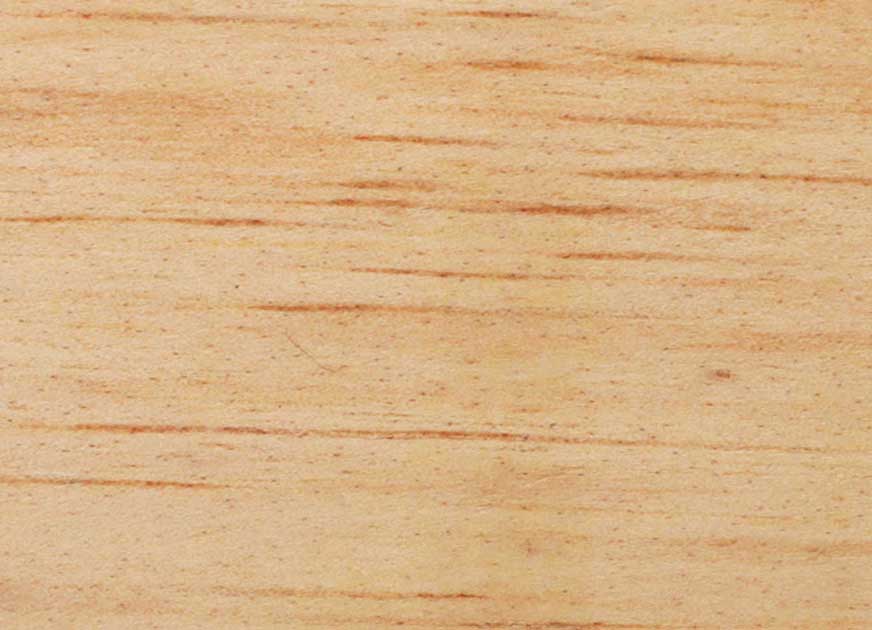
Caribbean Pine
The tropical softwood pine with the widest geographical distribution. Good aesthetic appearance, light yellowish coloration, easy to work with.
Suitable for construction and carpentry work, it is used to manufacture furniture (beds, windows, wardrobes, dressers, trunks, tables, chairs), floors, plywood or chipboard sheets, homes, poles, farm fencing, crafts, moldings, structures, agricultural implements, containers, boats, fine brushes and tool handles and to make cellulose pulps. Suitable for tongue and groove ceilings, provided there are no moisture issues. Commonly used for firewood.
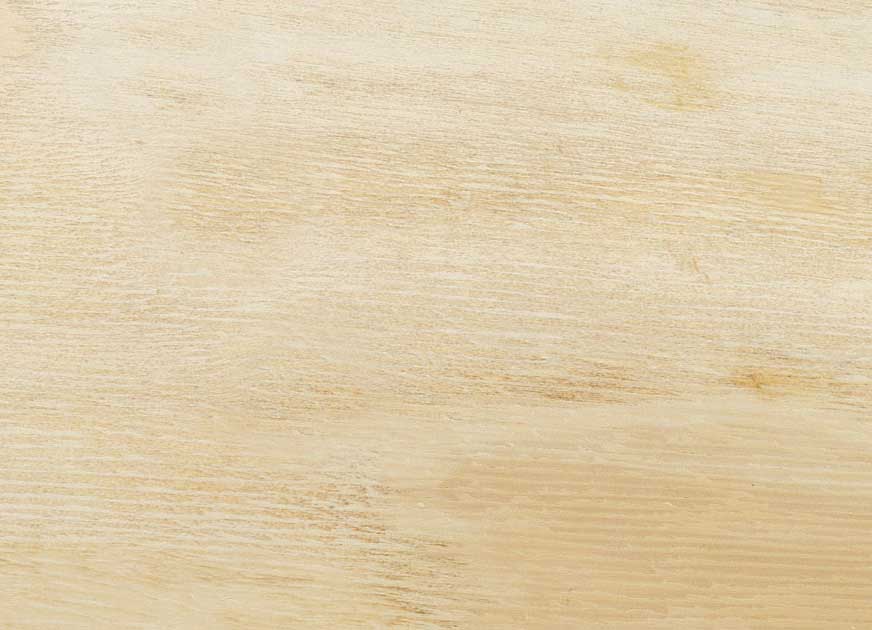
Elliotis | Taeda Pine
Commonly known as Elliotis pine or slash pine, is a medium to large coniferous tree native to the southern United States and one of three southern yellow pines. A mature tree can reach 100 ft. and live for up to 200 years. The slash pine is often mistaken for Pinus taeda (loblolly pine) but can be differentiated by needle abundance and length, cones and bark.
P. Elliotti’s durable and solid wood is an important source of timber in the United States used for construction. The large amount of resin it produces is used to manufacture turpentine and rosin. This fast-growing, hardy tree is also a preferred species for reforestation projects and timber plantations. Its IUCN Red List status is “least concern”.
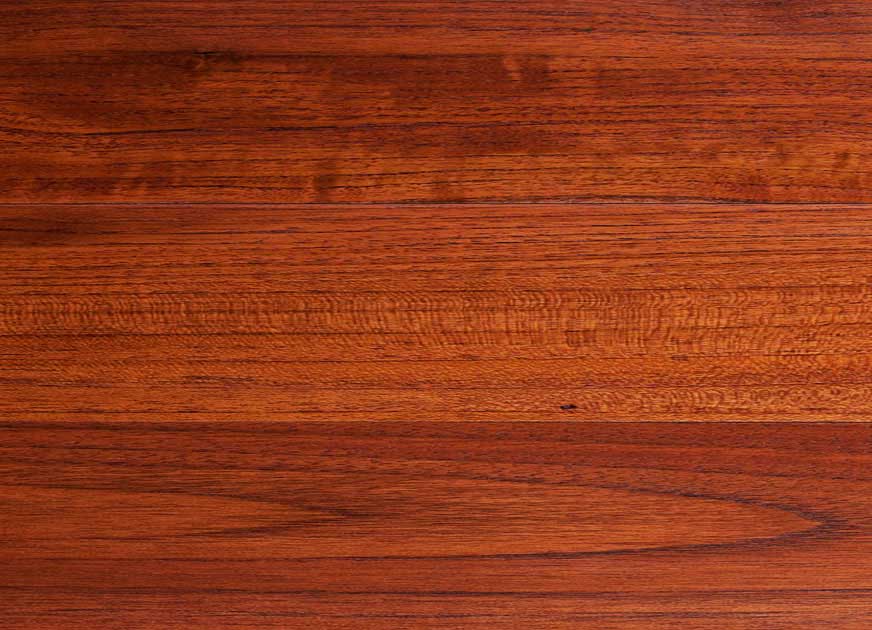
Plantation Teak
Our Plantation Teak boasts an excellent quality and density. Heavy, resistant and very durable, it is a slightly oily to the touch. Great natural durability and dimensional stability, emitting an antiseptic resin that makes it resistant to the attack of termites, acids and fungi.
Ideal for boat construction, indoor and outdoor furniture, carpentry, joinery, railway sleepers tracks, floors, vehicles parts, musical instruments, sporting goods, toys, packaging, tanks, cooperage, drawers, decorative plates, posts (for construction, for transmission and for fences), tool handles and implements, turnery, crafts, pilings for bridges, firewood and coal, agricultural implements and wagons. It is optimal for outdoor use as it can adapt to extreme weather conditions.
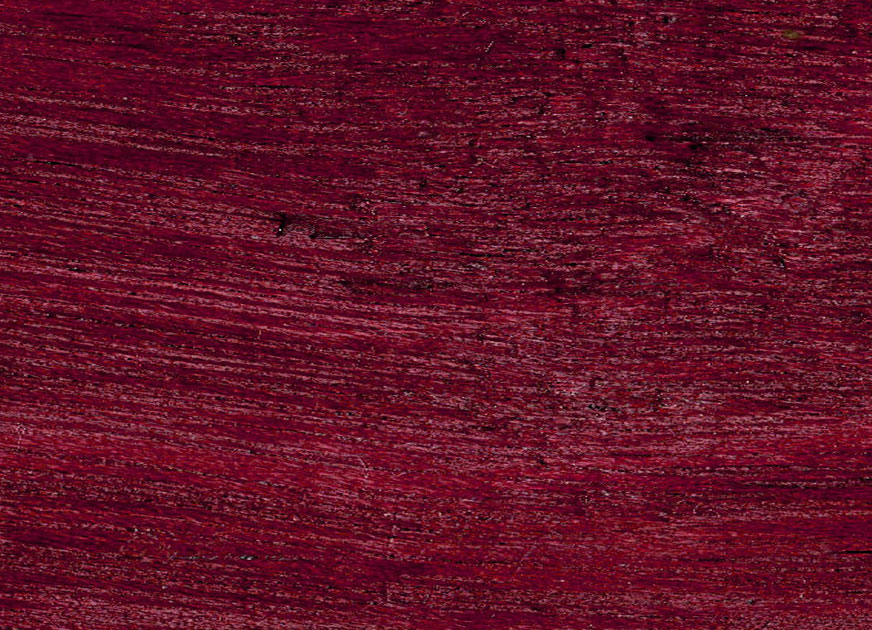
Purple Heart
Also known as Peltogyne or Amaranth, freshly cut, the heartwood of this exotic wood is dull grayish/purplish brown, but upon exposure to air, it turns a deep eggplant color. Purple Heart is extremely durable, resisting both decay and most insect attacks.
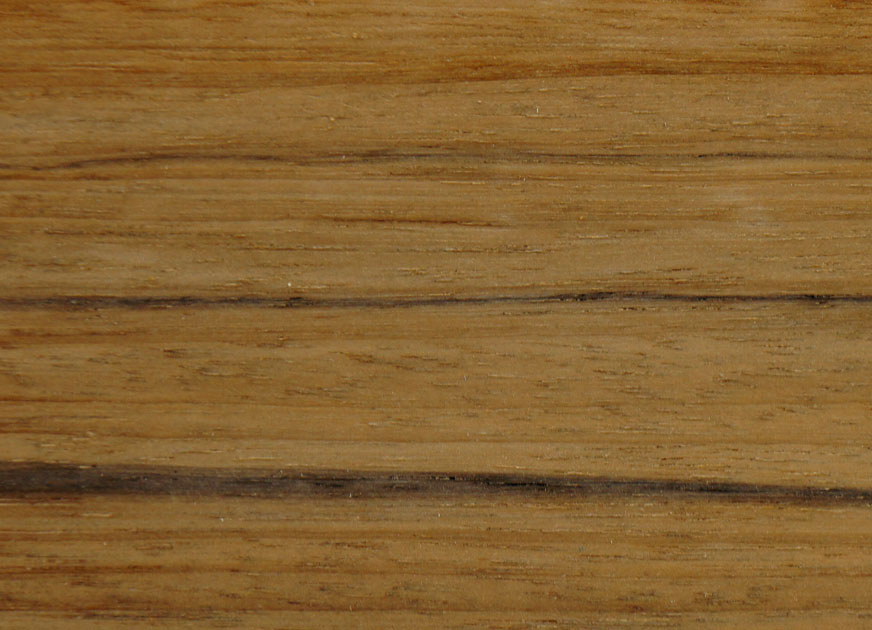
Dragon Wood
Dragon Wood is a rare species famous for its beautiful color, a deep reddish/orange backdrop with dark vein stripes, both dramatic & durable making it perfect for any unique decorative touch.
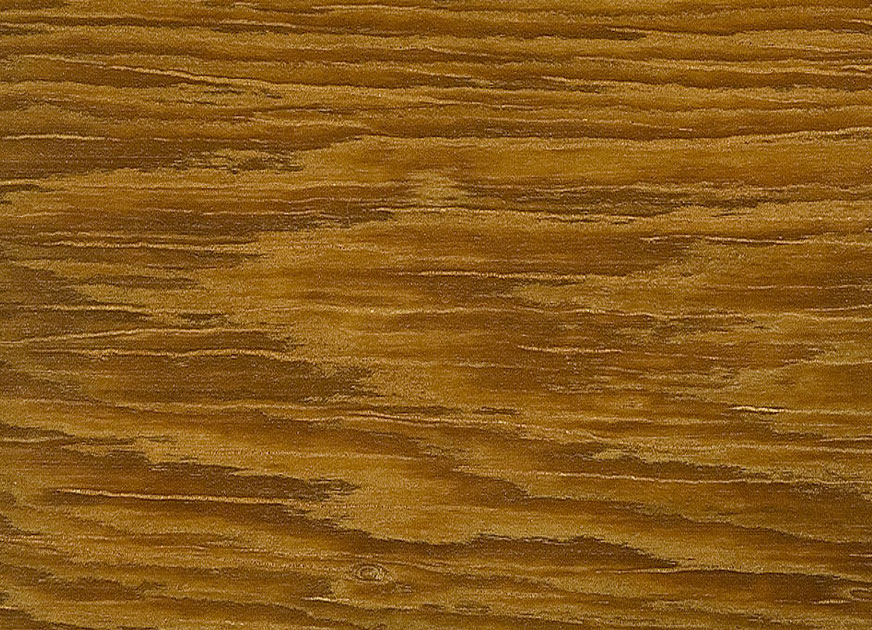
Naranjillo
Platonia insignis, the sole species of the genus Platonia, is a tree of the Clusiaceae family native to South America in the humid forests of Brazil, Paraguay, parts of Colombia and northeast Guyana, especially endemic to the Amazon Rainforest. Common names include Bacuri (and numerous variant spellings thereof; Bacurí, Bacury, Bakuri, Pacuri, Pakuri, Pakouri, Packoeri, Pakoeri), Maniballi, Naranjillo and Bacurizeiro.
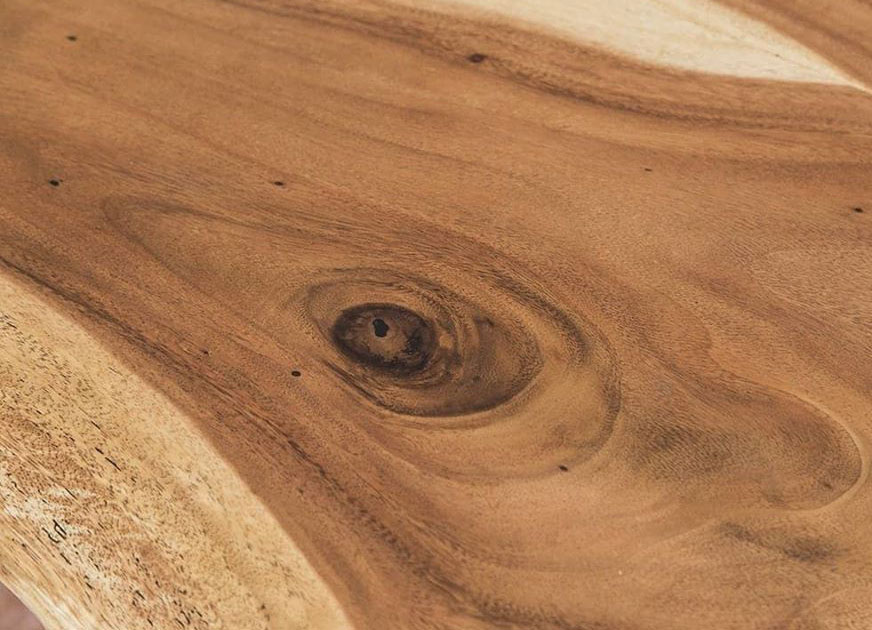
Guachapalí
This wood grows naturally in drier areas of Central America. It has a soft, open grain, similar to the walnut’s, with a deep elegant brown color, yet sturdy and dense.
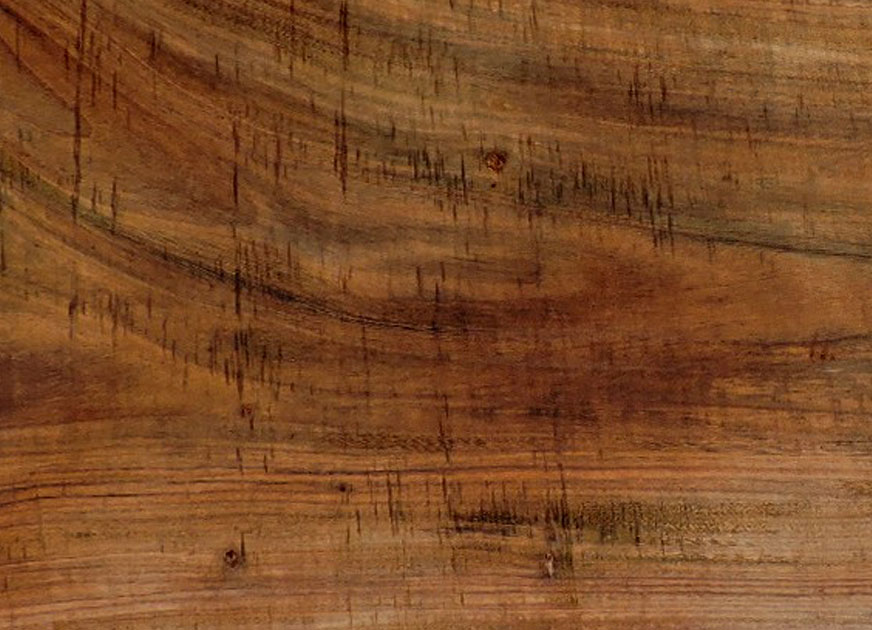
Guanacaste
Imported from Central America, each piece of this highly valued wood boasts a singular design, blending light to golden-brown figures and swirls. We exploit the contrast of the natural grain in our hand-made process.
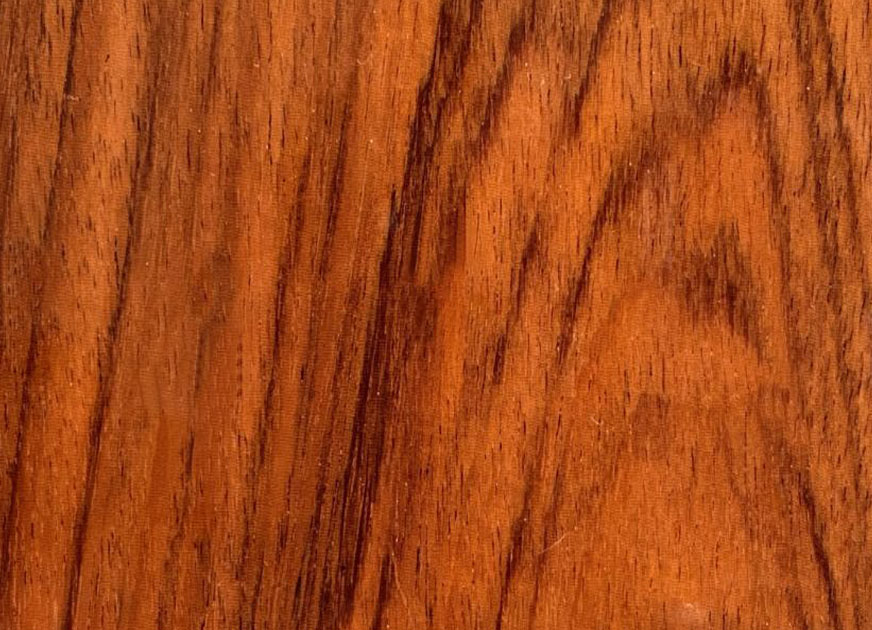
Quira/Kira
Is one of the noblest and most precious woods worldwide, it’s hard, weighty and durable. The lighter yellow sapwood contrasts with the darker caramel-colored heartwood, while darker colored bands give it a unique look. Although it is both durable and weighty, its particular properties make it appealing for use with hand and power tools. Its density and compact nature allow it to be machined and polished to obtain pieces that seem to be made of acrylic materials.
